
Best of BMB 2022
For the second consecutive year, the ASBMB Today team is proud to present a list of exciting developments in biochemistry and molecular biology. This year’s nominees, chosen from ASBMB member nominations and significant science headlines throughout the year, illuminate several trends.
The revolution in structural biology launched by a new generation of powerful computational models has continued to spread, bringing multiprotein structural complexes into reach. Meanwhile, researchers are finding new ways to understand more flexible proteins’ structures, exploring ensemble modeling and evolutionary constraints on intrinsically disordered regions.
High-throughput studies continue to flourish. Single-cell transcriptomics and spatial transcriptomics can yield powerful insights when wielded in combination. Ribosome profiling and metabolomics are uncovering new insights into how cells regulate basic homeostatic challenges and how organisms respond to stimuli.
Other studies show how drug development is being influenced by computational tools that aim to save time in the lab, from peptide design to enzymatic activity prediction.
Still, there is sometimes no substitute for in-depth investigation of a single target, as revealed by one study that dug in to find that an enzyme’s true function is nothing like what was annotated — and that it carries out a reaction never before observed in nature.
We applaud the authors of this year’s Best of BMB nominees and look forward to a new year filled with even more exciting discoveries.
Best of BMB 2022
Read the entire series.
Evolutionary constraints on disordered proteins
“There’s evidence that there must be conservation of function — so how does this happen, if the sequence changes so much?”
Giant, intricate structures
In a “triumph of experimental structural biology,” multiple teams tackle the nuclear pore complex.
Cataloging itty-bitty proteins in large numbers
Ribosome profiling has identified thousands of short protein-coding genes, many in unexpected parts of the genome. Research suggests some play important regulatory roles.
Predicting PROTAC properties
Proteolysis-targeting chimeras bring together a drug target protein and a ubiquitin ligase to remove the target from the cell. But sometimes the process stalls out.
A macrocyclic lipid and the enzyme that makes it
One of many adaptations that archaea make to survive their superheated, high-pressure and frequently acidic deep-sea environments is remodeling their cellular membranes.
Advancing structural biology to blazing speed
This year AlphaFold, algorithm, written by Alphabet subsidiary DeepMind, made 200 million protein structure predictions, roughly 25 terabytes of data.
Increasingly versatile peptide drugs for diabetes
Best of BMB 2022: This year, the FDA approved the first peptide drug that works as a bifunctional agonist; tirzepatide both causes weight loss and improves cardiometabolic and glycemic outcomes in diabetic patients. Meanwhile, labs are looking.
An exercise molecule?
Lac-Phe, the small molecule that increases in concentration most dramatically after a workout, forms through enzymatic conjugation of lactate with the amino acid phenylalanine.
Spatial transcriptomics sharpens distinctions between brains
Researchers can microdissect tiny portions of tissues for RNA sequencing, capture nucleic acids in a defined pattern before single-cell sequencing, or hybridize fluorescent probes to RNA and image it in thin tissue sections.
Enjoy reading ASBMB Today?
Become a member to receive the print edition four times a year and the digital edition monthly.
Learn moreGet the latest from ASBMB Today
Enter your email address, and we’ll send you a weekly email with recent articles, interviews and more.
Latest in Opinions
Opinions highlights or most popular articles
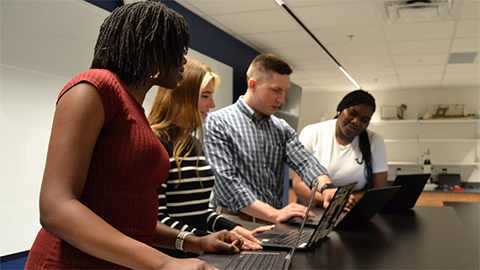
Debugging my code and teaching with ChatGPT
AI tools like ChatGPT have changed the way an assistant professor teaches and does research. But, he asserts that real growth still comes from struggle, and educators must help students use AI wisely — as scaffolds, not shortcuts.

AI in the lab: The power of smarter questions
An assistant professor discusses AI's evolution from a buzzword to a trusted research partner. It helps streamline reviews, troubleshoot code, save time and spark ideas, but its success relies on combining AI with expertise and critical thinking.
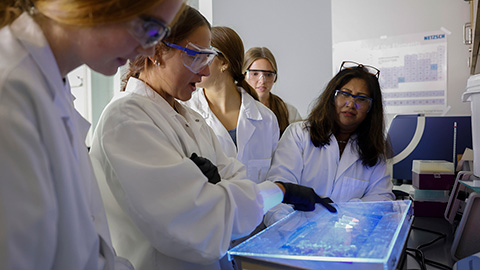
How AlphaFold transformed my classroom into a research lab
A high school science teacher reflects on how AI-integrated technologies help her students ponder realistic research questions with hands-on learning.
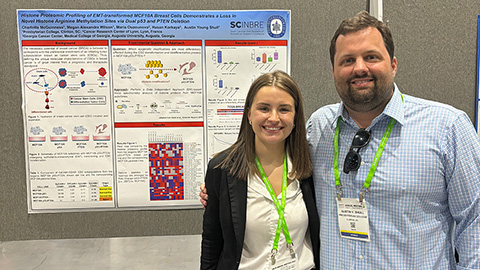
Writing with AI turns chaos into clarity
Associate professor shares how generative AI, used as a creative whiteboard, helps scientists refine ideas, structure complexity and sharpen clarity — transforming the messy process of discovery into compelling science writing.
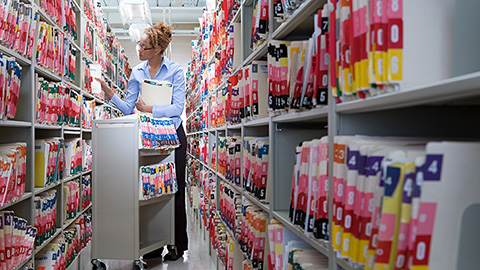
Teaching AI to listen
A computational medicine graduate student reflects on building natural language processing tools that extract meaning from messy clinical notes — transforming how we identify genetic risk while redefining what it means to listen in science.
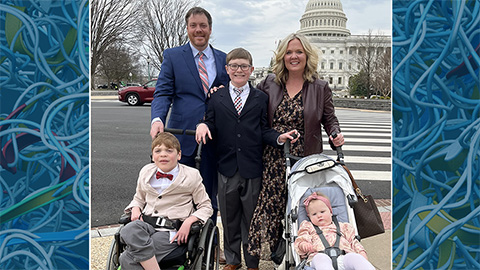
What’s in a diagnosis?
When Jessica Foglio’s son Ben was first diagnosed with cerebral palsy, the label didn’t feel right. Whole exome sequencing revealed a rare disorder called Salla disease. Now Jessica is building community and driving research for answers.

